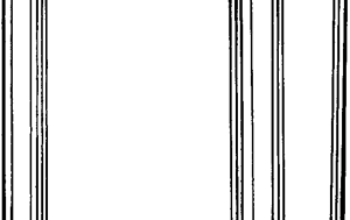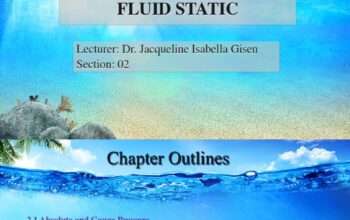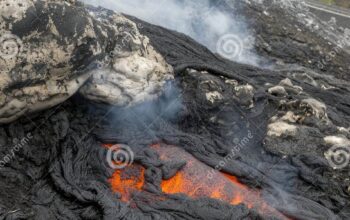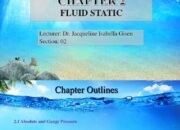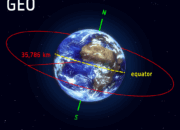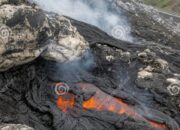Nanobubbles, diminutive gas-filled cavities typically measuring less than 100 nanometers in diameter, have garnered significant attention in contemporary physics and engineering research. Their unique properties arise from their size and the physical phenomena associated with them. One intriguing aspect of nanobubbles is their ability to persist in liquid environments for extended durations, countering the classical thermodynamic expectations that dictate their rapid dissolution. A pivotal factor influencing this behavior is the presence of flowing gas, highlighting the intricate interplay between fluid dynamics and bubble stability.
At the molecular level, nanobubbles are often stabilized by a combination of surface tension, the presence of surfactants, and interactions with adjacent fluid molecules. Their stability in liquid environments defies conventional wisdom, as larger bubbles tend to rise and coalesce before bursting. Nanobubbles, however, demonstrate a propensity to linger, prompting researchers to investigate the mechanisms underlying their persistence.
One of the most critical factors contributing to the longevity of nanobubbles in liquid is the role of surrounding gas flow. The dynamics of flow can significantly alter the pressure distributions and shear forces acting on the bubbles, prompting an exploration of how these forces contribute to bubble stability. The interaction between gas and liquid creates shear layers that can inhibit the processes leading to bubble dissolution. Flowing gas induces a protective sheath around the nanobubbles, impeding the diffusion of dissolved gases into the bubble, thereby extending their lifespan.
Moreover, the properties of the liquid medium play a crucial role. The viscosity, density, and compressibility of the liquid affect the movement of gas around the bubbles. In low-viscosity environments, the nanobubbles can harness the kinetic energy imparted by the flowing gas, creating a delicate balance that retains their structural integrity. Conversely, in highly viscous fluids, the motion is impeded, potentially leading to a more rapid collapse of nanobubbles. As such, research into optimizing the liquid phase is essential for applications that leverage nanobubble technology.
The interactions between flowing gas and nanobubbles manifest in various technological applications across fields such as biomedical engineering, environmental remediation, and materials science. In medical applications, for instance, nanobubbles exhibit potential as carriers for targeted drug delivery systems. Gas-filled nanoparticles can navigate through physiological environments with greater ease due to the buoyancy and propulsion offered by flowing gas, allowing them to access difficult-to-reach sites within the body.
In environmental science, the use of nanobubbles holds promise for wastewater treatment and pollution control. The stability conferred by flowing gas not only enhances the dispersion of gaseous pollutants but also assists in the removal of toxins by promoting more efficient mass transfer processes. This characteristic can augment traditional methods of bubble generation used in aeration and flotation systems, ultimately leading to more sustainable water treatment practices.
Furthermore, in materials science, the ability of nanobubbles to remain stable in flowing media can introduce novel aspects to material fabrication. The incorporation of nanobubbles during the synthesis of composite materials can create microstructural features that enhance mechanical properties, thermal conductivity, or even electrical performance. Attention is directed towards understanding how gas flow influences bubble distribution within the medium, necessitating advanced computational and experimental methodologies to elucidate these dynamics.
The study of nanobubbles raises several theoretical questions that challenge existing paradigms in fluid dynamics and thermodynamics. One pressing issue is the challenge of accurately characterizing the forces acting on nanobubbles in a complex fluid environment. Traditional models may not adequately capture the intricacies of bubble behavior in flows characterized by turbulence, shear, and variable pressure fields. Advanced simulation techniques, including computational fluid dynamics (CFD), are becoming indispensable in unfolding the multifaceted nature of these phenomena.
Moreover, interdisciplinary collaboration is vital. Integrating insights from physics, chemistry, and engineering can propel the understanding of nanobubble behavior forward. Experimental validation plays a critical role in refining theoretical models, as real-world observations can highlight discrepancies that necessitate adjustments to established theories. Thus, a plethora of experimental techniques is being employed, including high-speed imaging and laser-induced fluorescence, to track the dynamics of nanobubble populations within fluid flows.
As we progress toward elucidating the underpinnings of nanobubble stability in the presence of flowing gas, several avenues for future research emerge. Investigating the role of different gas types and mixing strategies can tailor stability characteristics for specific applications. The exploration of how nanobubble interactions scale with varying flow rates is also an essential consideration, guiding optimization in practical applications. Moreover, the potential implications of nanobubbles in biological systems deserve further scrutiny, particularly concerning their interactions with cellular membranes and biological barriers.
In conclusion, the phenomenon of nanobubble stability, enhanced by the dynamics of flowing gas, represents a captivating intersection of physics and engineering. The realization of their potential hinges on a comprehensive understanding of the underlying principles governing their behavior in various environments. By unlocking the complexities of nanobubble dynamics, researchers can exploit these properties for innovative applications across a multitude of disciplines, heralding a new era of advancements in technology and environmental sustainability.

